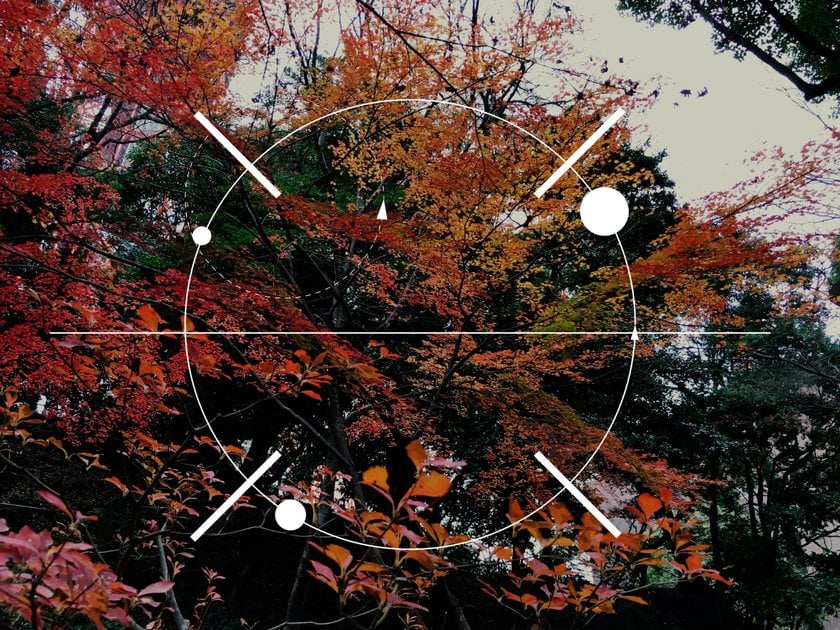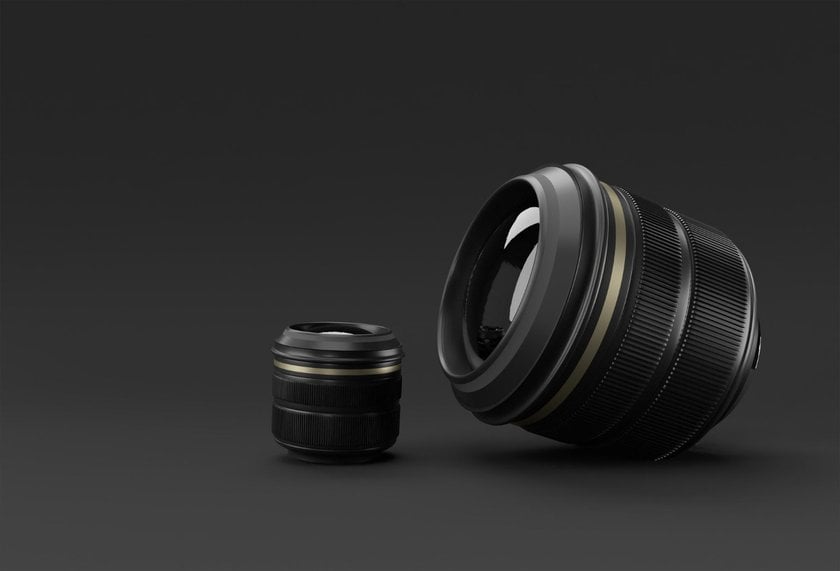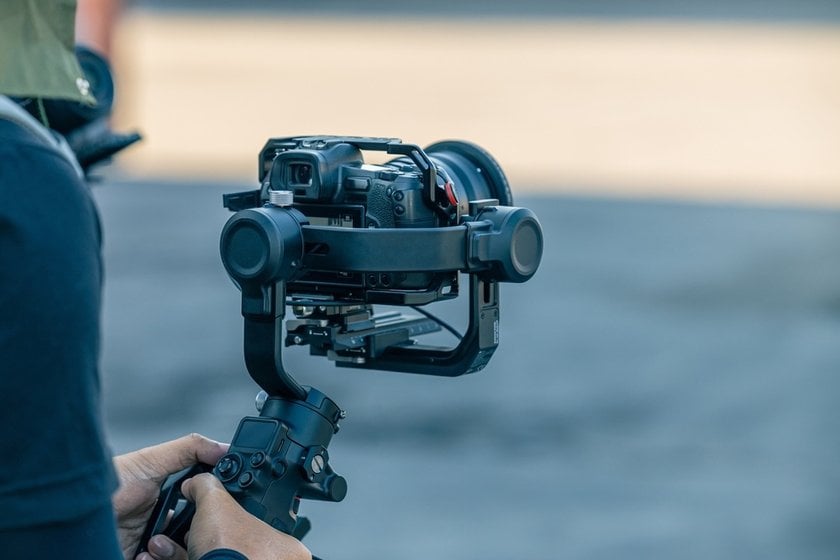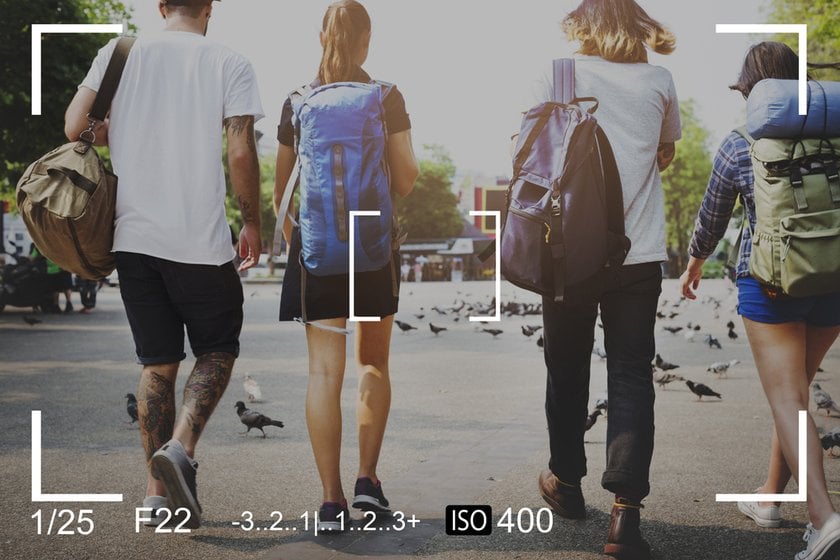Today, we're diving into image stabilization definition and exploring why it's so important for taking clear, sharp photos. Understanding this feature can really improve your results, no matter if you're capturing fast-moving sports or snapping shots in dim lighting!
Let's dig into the details!
What is Image Stabilization
Image stabilization is a handy tool in photography, particularly when you're taking photos in less-than-ideal lighting conditions or when your hands aren't as steady.
Let's say you're in a dimly lit café, capturing its laid-back vibe. Usually, to avoid blurry pictures from your hand shaking, you'd speed up the shutter. But doing so means losing some of that soft, ambient light that drew you to the scene. This is where image stabilization really proves its worth. It allows you to use slower shutter speeds — imagine dropping from 1/500 of a second to just 1/60 with a 500mm lens — without compromising the sharpness of your photo.
It's best to turn it on in dim places or when you’re shooting something far away. It helps prevent those little hand tremors from ruining your photos. But keep in mind, you don’t always need it on. If your camera is sitting stable on a tripod, you might want to turn off this feature!
Image stabilization comes in two forms: optical and digital. Optical image stabilization, or OIS uses moving lens elements to counteract camera movement, while digital image stabilization, or DIS, relies on software algorithms to stabilize the image after it has been captured.
Types of Image Stabilization
1. Lens-Based Stabilization
When Still
Lens-based stabilization uses a floating lens element that moves electronically to counteract any camera shake. This type of stabilization is particularly useful when the camera is stationary, ensuring that any minor vibrations are corrected by slight adjustments in the lens position.
With Movement
During sudden movements, like a downward jerk, lens-based stabilization quickly adjusts to maintain image sharpness. This feature is invaluable for capturing clear images in dynamic settings, although it’s more effective with longer focal lengths.
Sensor-Shift Technology
This method involves shifting the camera sensor itself to counteract the camera shake. Sensor shift is effective across various lens types, offering a versatile solution to stabilize images when the camera moves.
Another advantage of it is its impact on battery life. Since it involves moving larger parts of the camera, such as the sensor, it can consume more battery power. This is particularly notable with larger lenses and sensors, which require more energy to adjust.
Advanced yet easy-to-use photo editor
Get Luminar Neo Now2. Camera-Based Stabilization
When Still
Camera-based stabilization adjusts the image sensor position to compensate for small movements. However, if the camera is on a stable platform like a tripod, it’s crucial to turn this feature off to prevent a feedback loop where the stabilization system might detect its own motions and cause unnecessary adjustments, leading to blurry images.
With Movement
In scenarios involving motion, camera-based stabilization can help maintain image clarity. Some systems also include specialized modes for panning, useful for capturing subjects in motion like in sports or action photography. However, it's important to note that older or entry-level systems might not handle panning as effectively, and turning off the stabilization might sometimes yield better results.
Practical Benefits of Image Stabilization
Image stabilization dramatically improves photography in challenging scenarios, like sports events and low-light conditions. For sports, it helps capture fast-moving action crisply by compensating for camera shake, even at lower shutter speeds. This means every sprint, jump, and dynamic play is caught in sharp detail.
In dim settings, such as a softly lit restaurant or a city at dusk, photographers usually need slower shutter speeds to capture more light. Here, image stabilization proves invaluable by keeping photos sharp despite the slow shutter speeds required to gather enough light.
Comparing photos taken with and without image stabilization in these difficult conditions shows its true value. Without it, images often turn out blurry, especially when capturing movement or shooting in poor lighting. With stabilization, the photos stay clear and detailed, demonstrating how this feature helps photographers avoid common pitfalls and capture beautiful images even in less-than-ideal situations!
Fixing Camera Shake in Post-Processing
No matter how steady you try to be, sometimes photos end up a bit shaky, especially in tricky lighting or fast-action scenarios. That's where Luminar Neo, an AI photo editor, comes in handy! It will help you clean up those little mistakes that sneak into your shots!
For example, one really useful feature in Luminar Neo is lens distortion correction. It fixes problems that come from the camera lens itself by straightening everything out, like weird angles or blurry edges, which makes your photos look cleaner and more professional.
Luminar Neo offers both quick fixes and detailed adjustments for distortion. If you're in a hurry, you can use the Auto Corrections feature to tidy up raw photos quickly. But if you want to get everything just right, you can dive into the manual settings.
We also would like to recommend a cool feature — Studio Light AI, which is perfect for portraits. It lets you add lighting effects that make it seem like your photos were taken in a professional studio. You can play around with the light's warmth, direction, and style right from your computer, giving your portraits a polished look without all the expensive equipment!
Enhance Your Photos with Luminar Neo's Studio Light
TRY IT NOW!Conclusion
When you’re trying to capture the perfect shot, image stabilization can be a lifesaver, especially in fast action sports or poorly lit places! It helps smooth out those small shakes that can blur your photos. But, if your camera is on a tripod, go ahead and turn off the stabilization — it’ll keep your shots from getting messed up by corrections you don’t need!
For any photos that still come out a bit shaky, tools like Luminar Neo can clean things up beautifully, fix distortions, and even mimic professional lighting, giving your portraits that studio quality with just a few clicks.
So, with the right techniques and some help from your editing software, you can turn those almost-perfect shots into frame-worthy favorites!









